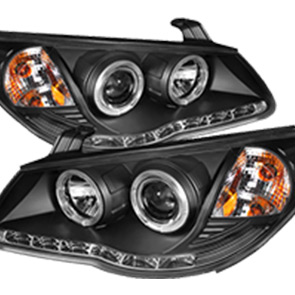Shift Cable Linkage - Precision Automotive Solutions
Understanding Shift Cable Linkage in Vehicles
Shift cable linkage is a fundamental component in modern vehicles, playing a crucial role in the operation of automatic and manual transmission systems. This system consists of cables and linkages that connect the gear shifter inside the vehicle to the transmission mechanism. By understanding how shift cable linkage works and its importance, vehicle owners and enthusiasts can better appreciate its role in promoting smooth gear shifting and overall vehicle performance.
At its core, the shift cable linkage is designed to transmit the driver’s input from the shifter to the transmission. When a driver selects a gear, the movement is conveyed through the shift lever to the shift cable. The cable then relays the signal to the transmission, allowing it to engage the appropriate gear. This system replaces the older designs that utilized mechanical linkages, making it more efficient and responsive, as cables can easily adapt to the movements required with less friction and resistance.
One of the key benefits of shift cable linkage is its flexibility and adjustability
. In comparison to direct mechanical linkages, cables can accommodate slight misalignments and engine movements, ensuring smoother transitions between gears. This adaptability is particularly significant in vehicles that experience varying loads and conditions, as it enhances the driving experience by providing consistent and reliable gear transitions.shift cable linkage

However, shift cable linkage is not immune to issues. Over time, cables can stretch, fray, or become disconnected, leading to problems such as difficulty in shifting gears or even complete inability to change gears. Regular inspections are critical to identifying these issues early on. Drivers may also notice that their shifts become less precise over time, signaling that it might be time to check the condition of the shift cable linkage.
Maintenance of the shift cable linkage can involve lubricating the cable and inspecting it for wear and tear. In some cases, replacing the cable may be necessary to ensure optimal performance. Additionally, understanding the symptoms of potential problems can help drivers address issues before they lead to more significant mechanical failures, saving time and money on repairs.
In conclusion, shift cable linkage is an essential part of any vehicle’s transmission system, enabling driver input to translate smoothly into shifts. By grasping its function and maintaining it properly, vehicle owners can ensure a reliable and enjoyable driving experience. With advancements in automotive technology, the shift cable linkage continues to evolve, contributing to improvements in efficiency, responsiveness, and overall vehicle performance. Regular attention to this seemingly small component can yield significant benefits in the long run, making it a focal point in vehicle maintenance practices.
-
Workings of Clutch Pipe and Hose SystemsNewsJun.04,2025
-
The Inner Workings of Hand Brake Cable SystemsNewsJun.04,2025
-
The Secrets of Throttle and Accelerator CablesNewsJun.04,2025
-
The Hidden Lifeline of Your Transmission Gear Shift CablesNewsJun.04,2025
-
Demystifying Gear Cables and Shift LinkagesNewsJun.04,2025
-
Decoding Clutch Line Systems A Comprehensive GuideNewsJun.04,2025
